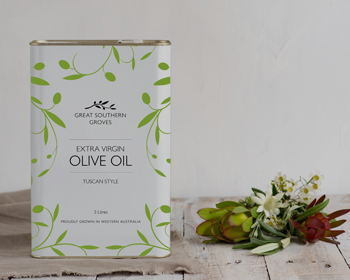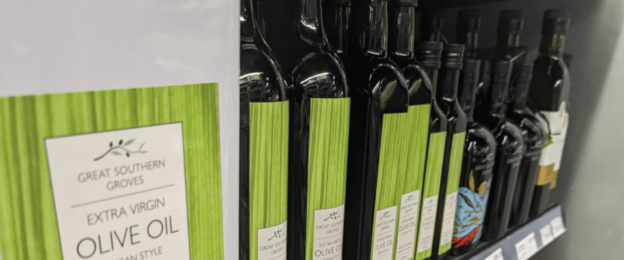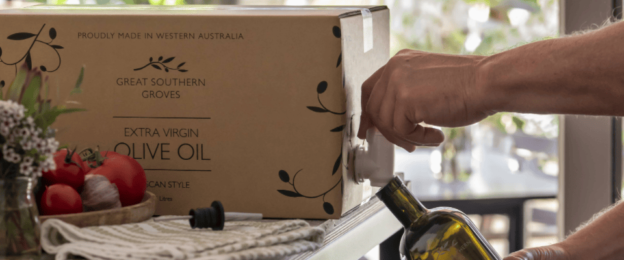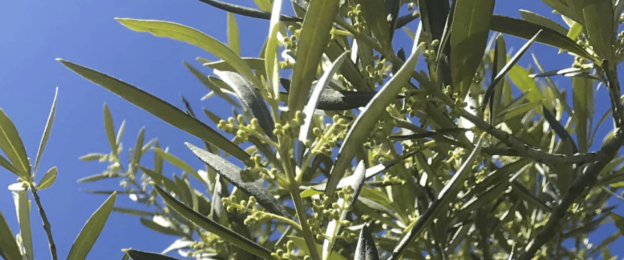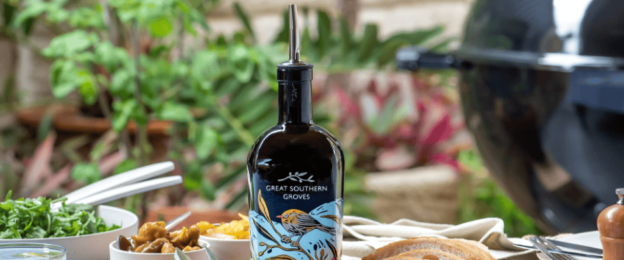Put simply, Olive Oil is actually the juice of the Olive fruit. The way in which the olives are processed then determines the grade of oil and all the types of olive oil you will see on the supermarket shelf.
Extra Virgin Olive Oil is the oil extracted from the olives mechanically, without the use of excessive heat, has not been refined or had any chemicals or solvents added. Extra Virgin olive oil also possesses no defects so there are also very strict chemical tests that it must pass. We are lucky in Australia that around 95% of all olive oils produced are Extra Virgin.
Virgin olive oil is a lower grade of extra virgin that has started to oxidize.
Pure and Light Olive Oils have undergone some sort of refinement. Any refining removes the flavour, aromas and any goodness like the antioxidants out of the oil. Light only refers to the flavour as light olive oil has the exact same calories as Extra Virgin Olive Oil.
Pomace oil is not really heard of in Australia due to the small quantities we produce – Pomace is the waste product at the end of processing Extra Virgin. It is all the crushed pips and skins. There is a very small amount of oil in the pomace and in countries like Spain and Italy where there is so much of it, it is commercially viable to use heat and use solvents to remove this last little skerrick of oil. This is then refined and becomes your pure and light olive oils.
Lampante olive oil is usually the oil that is made from old olives or olives with defects. This is then processed and refined to be used industrially. Originally it was “Lamp” oil – hence “Lampante”.
We recommend you always buy Extra Virgin Olive Oil. It has the best flavour and is the most beneficial for your health.





